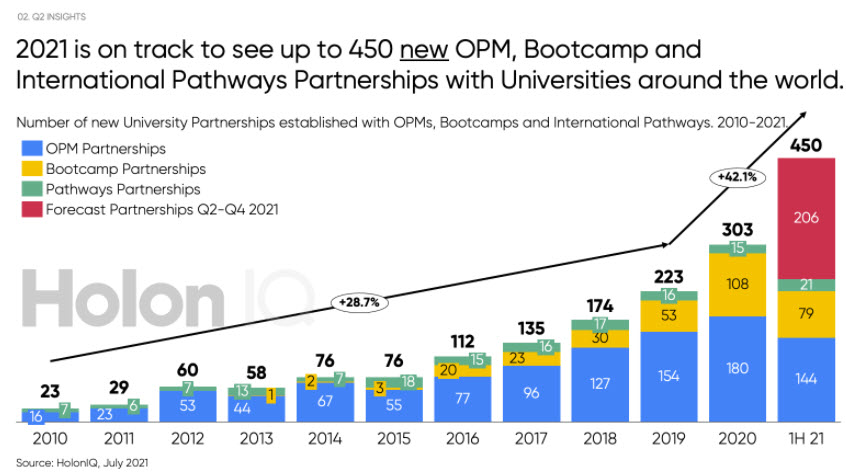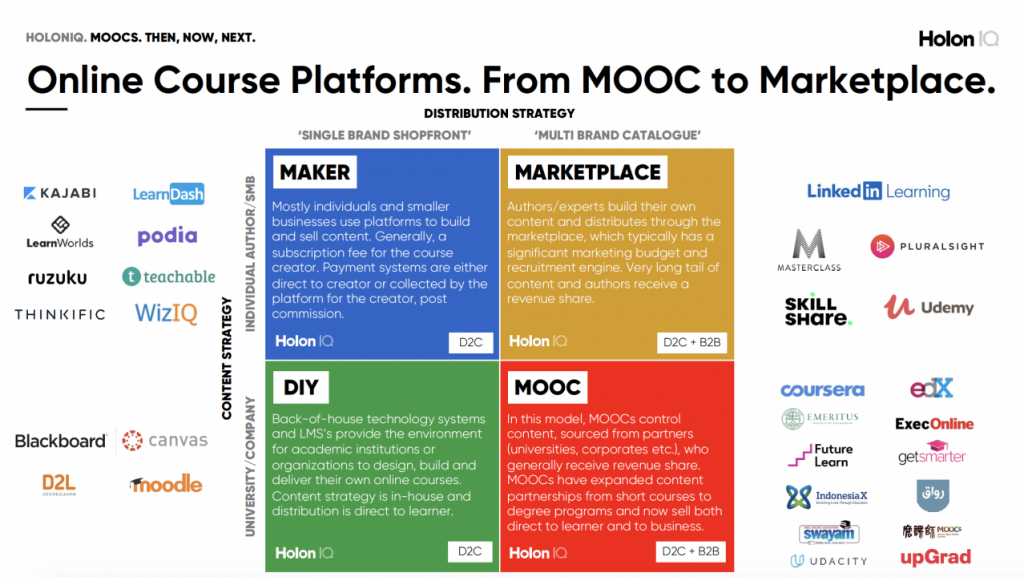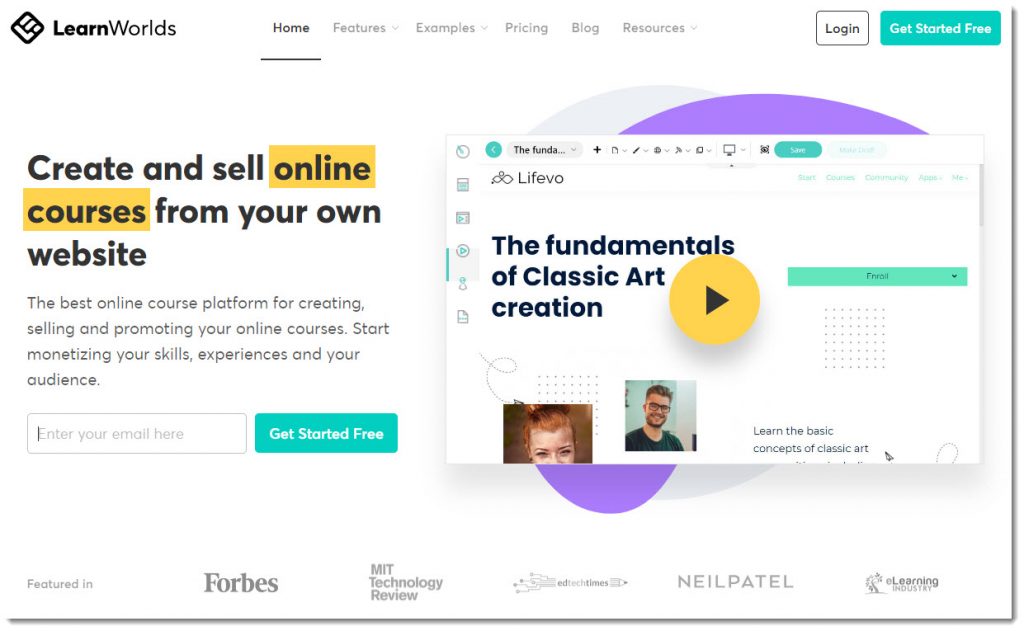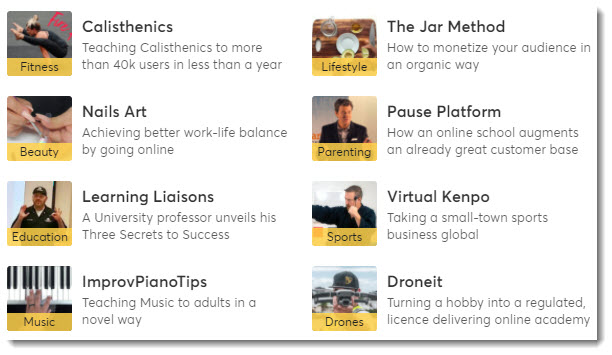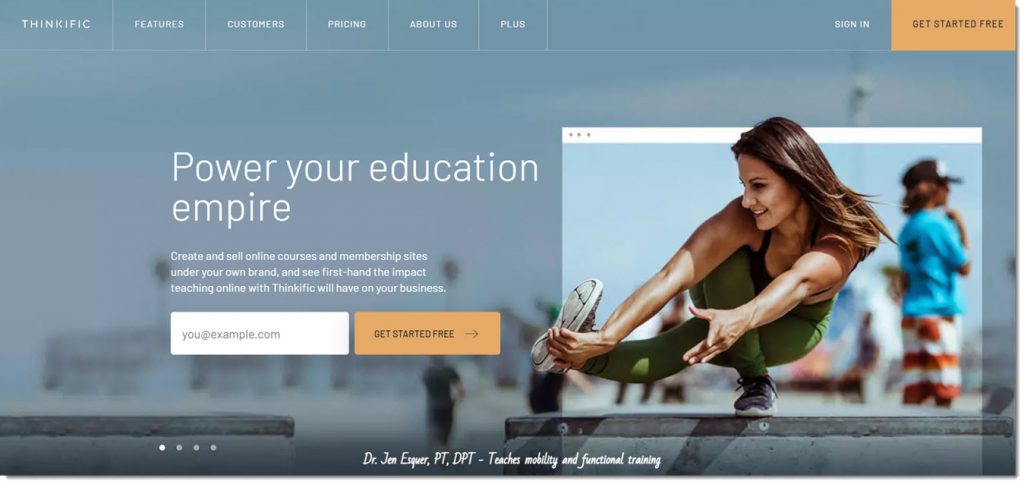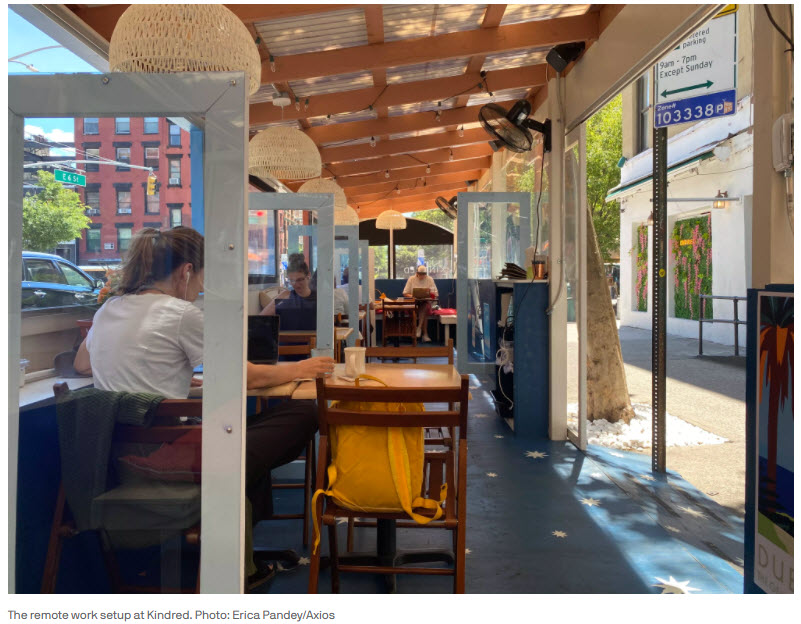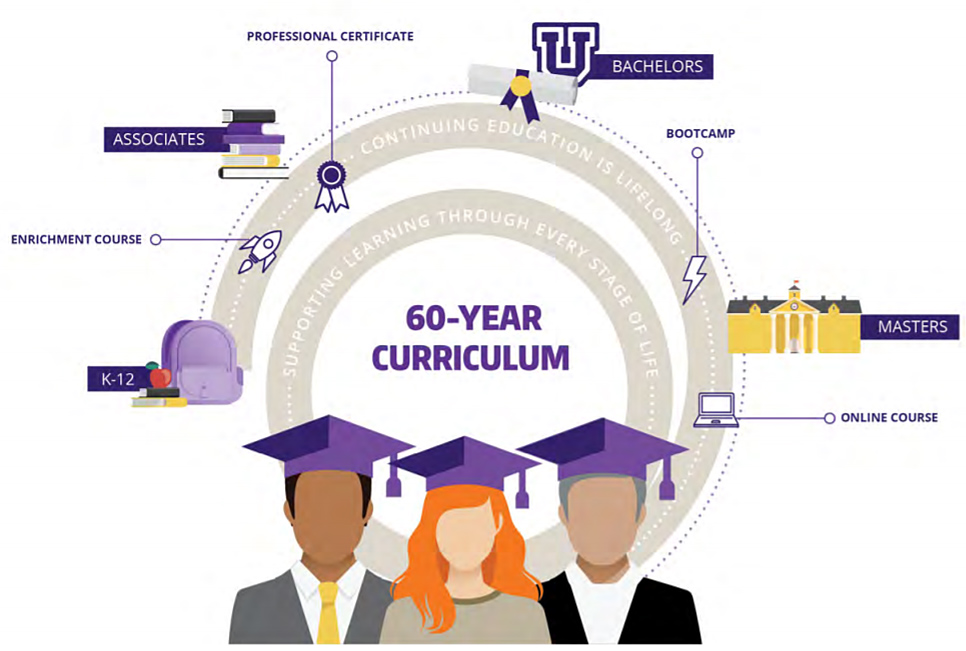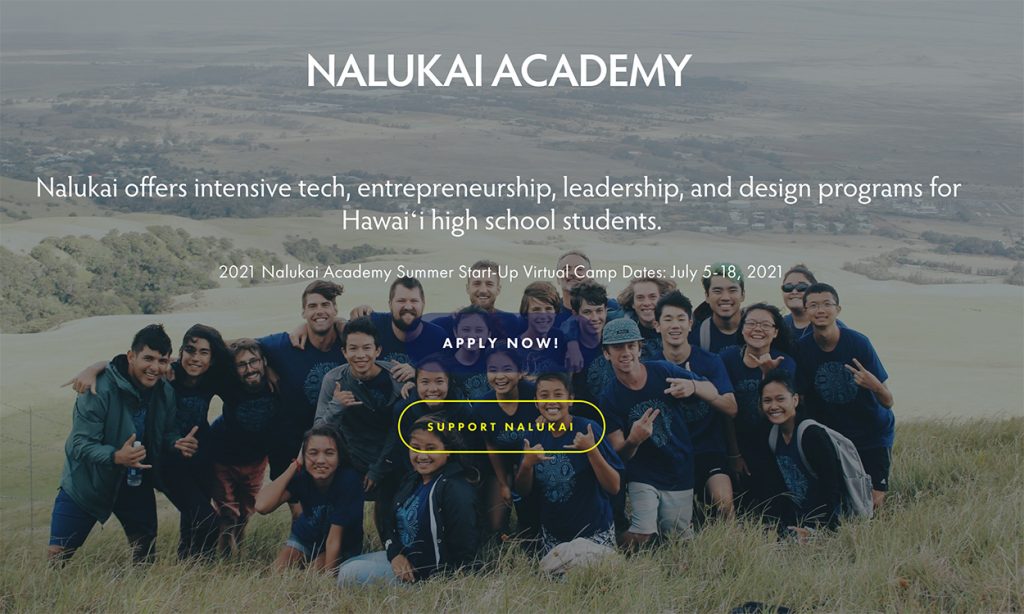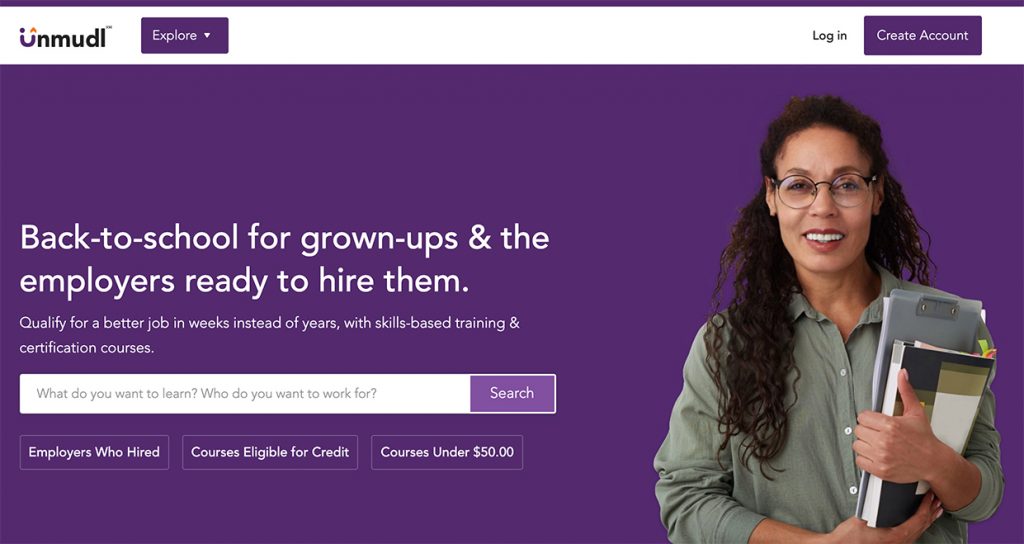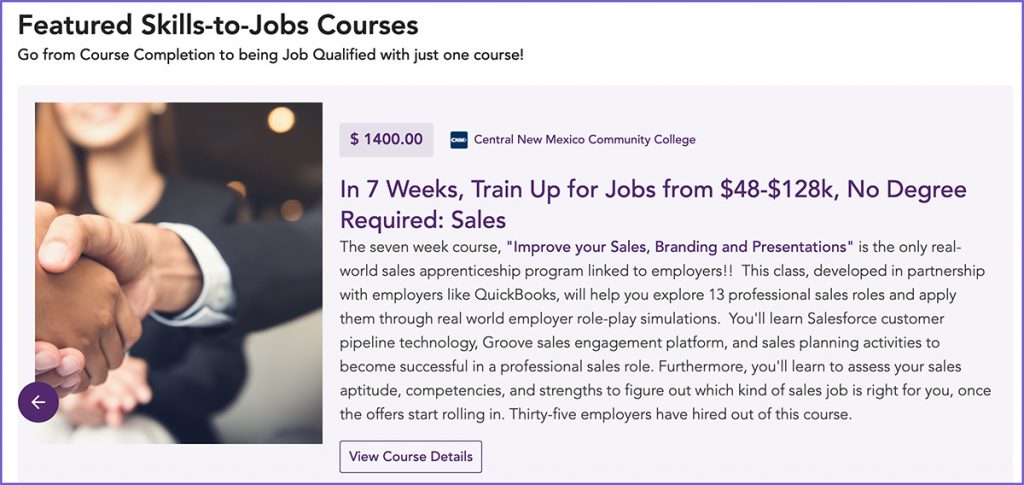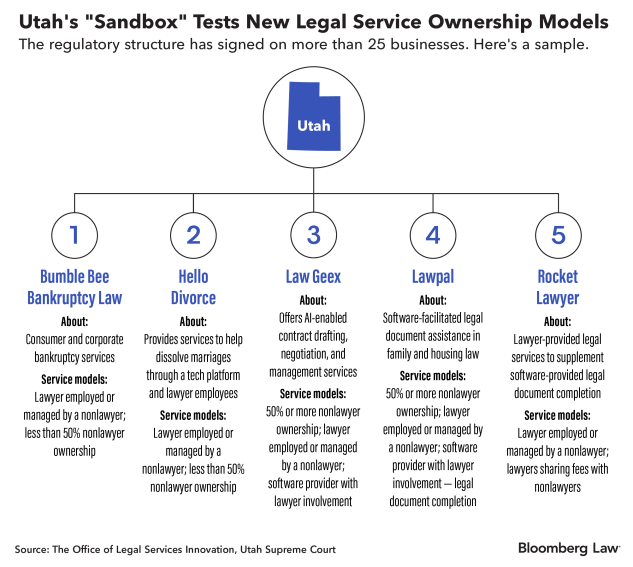The impact of blockchain, cryptocurrencies, and NFTs on the legal industry with Joseph Raczynski — from buzzsprout.com by the ABA Center for Innovation
Today we will discuss blockchain, cryptocurrencies, and NFTs and their impact on the legal industry. Joining us is an expert in all things blockchain and crypto, Joseph Raczynski. Joseph Raczynski is a Technologist & Futurist with Thomson Reuters.
Also see:
The Law Firm of the Future — from joetechnologist.com by Joseph Raczynski
Excerpt:
Attorneys look to precedent to solve today’s legal problems. “Steeped in tradition” is how we often describe the legal profession. As result, it’s no surprise that there is inherent tension between emerging technology and the legal profession. The American Bar Association’s 2020 TechReport, which surveys firms and tracks attorney use of technology in their practices, reported that only 7% of attorneys are using tech tools, such as Artificial Intelligence (AI), for document review and research. Firms with more than 100 attorneys are more likely to use AI, as well as firms that engage in mass tort litigation. Despite promises of increased efficiency, productivity, and profitability, a significant number of attorneys cite distrust of the technology and underlying algorithms.
Even though the legal services market is estimated to be a $1T industry globally, Forbes reports that it is also one of the least digitized…









